Egyptian Mummies
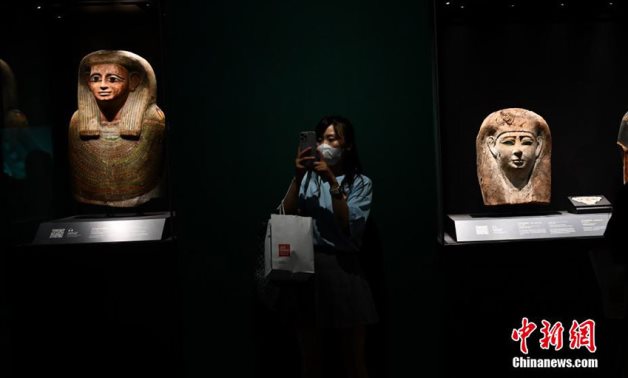
The exhibition narrates the story of the changes in the concept of life and death in the ancient Egyptian civilization.
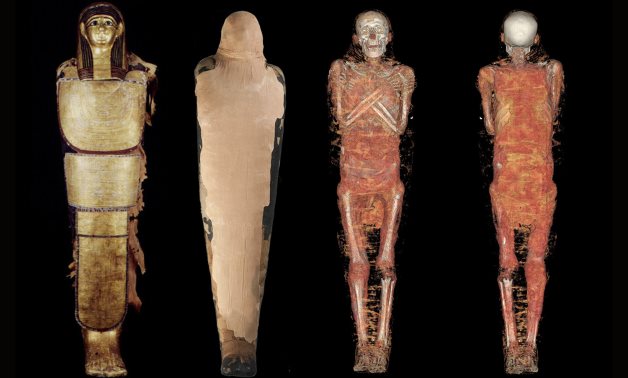
The mummy belonged to a woman who lived in ancient Egypt and suffered from a stroke.
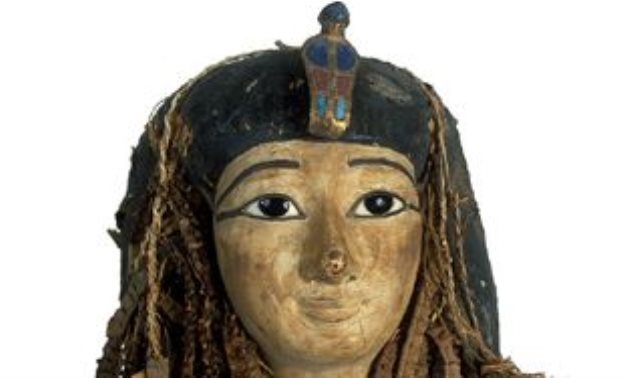
The secrets of the mummy of King Amenhotep I remained hidden under the scrolls and the funeral face mask until they were recently revealed in the scientific study published on December 28, 2021.

Director General of the Egyptian Museum in Tahrir Sabah Abdel Razek said that there is an increasing demand to visit the hall in which the royal mummies were previously displayed.
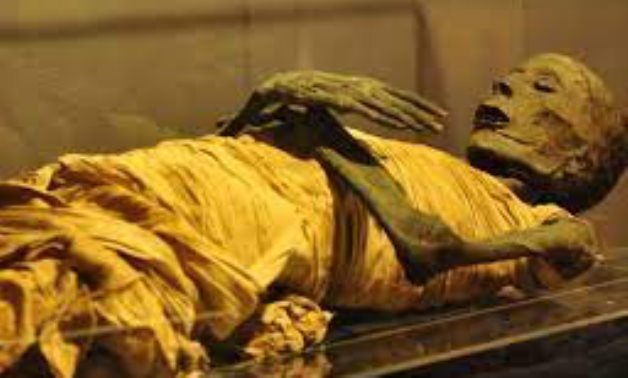
On May 5 at 1:30 p.m., the University of Zurich, Switzerland, Institute of Evolutionary Medicine, will hold a short seminar entitled "Advanced and Non-Destructive Methods Used in the Study of Mummies" via Zoom.
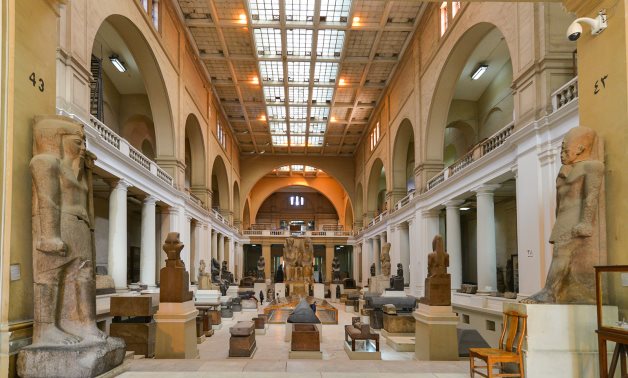
Inside the hall, fifty ancient coffins are displayed. Fifteen of the coffins are displayed for the first time for the public.
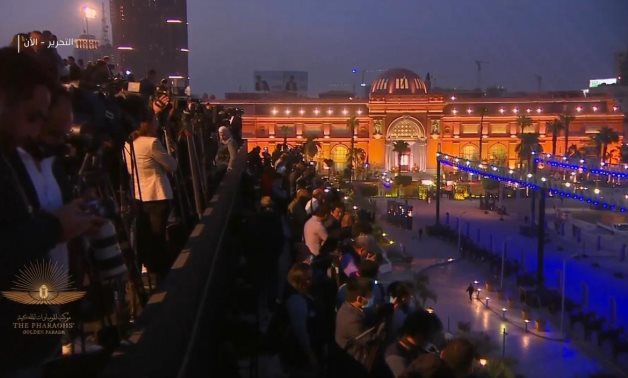
The 22 mummies, who died over 3,000 years ago, will be moved from the Egyptian Museum in El-Tahrir Square, where they stayed for decades. Their new residence will be Fustat’s National Museum of Egyptian Civilization.
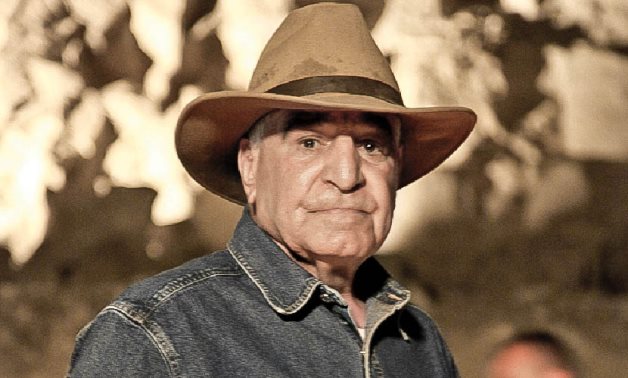
Renowned archaeologist Zahi Hawass commented on the opinion of Sheikh Ahmed Karima, professor of comparative jurisprudence at Al-Azhar University, that opening the graves of the Pharaohs is forbidden.
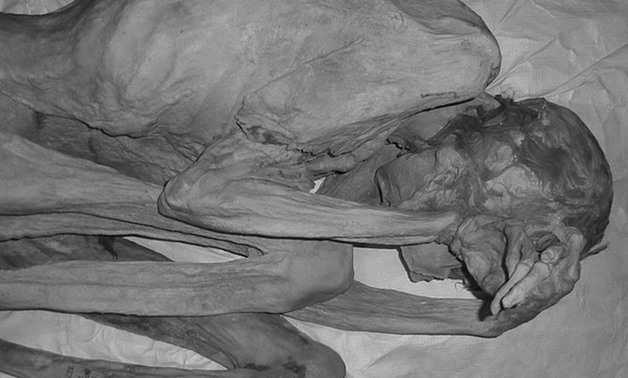
Researchers have discovered the oldest figurative tattoos in the world on the upper arms of two ancient Egyptian mummies, the British Museum said on Thursday.
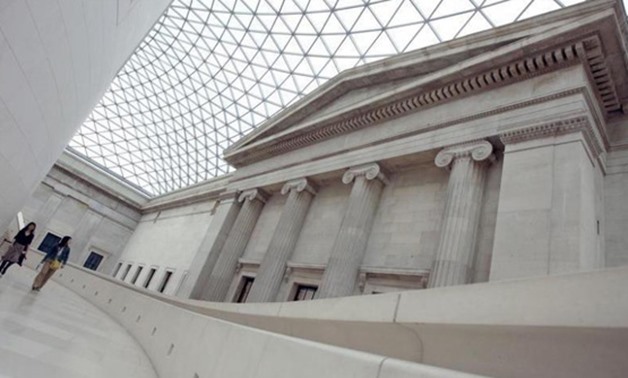
British Museum displayed Egyptian mummies, galleries, and ancient sculptures during May.